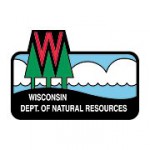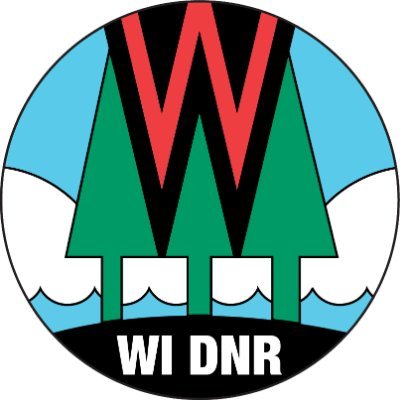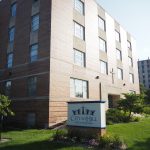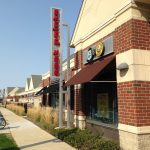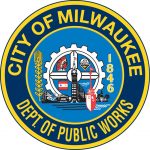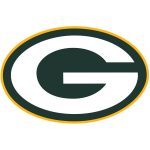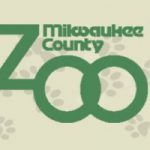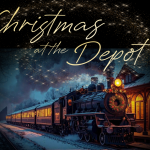DNR To Begin Prescribed Burns Across The State
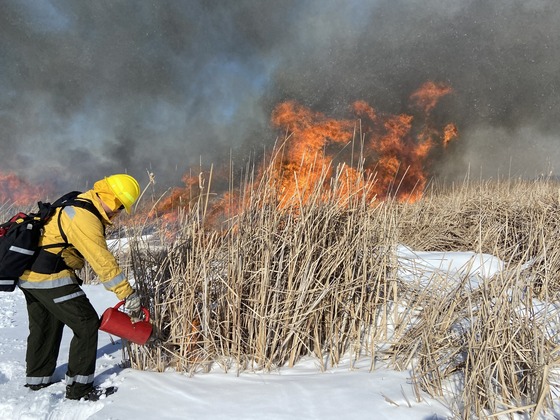
Current ice conditions provide greater access for crews to safely and efficiently conduct prescribed burns. / Photo Credit: Wisconsin DNR
MADISON, Wis. – The Wisconsin Department of Natural Resources (DNR) today announced that fire management crews will begin conducting prescribed burns on DNR properties throughout the state where local conditions can provide a safe and effective burn.
Winter burns typically begin with cattail marshes, wetlands and wet prairies. Cattail wildfires can present a control challenge for suppression authorities during the warmer summer months when both dead and live cattails are available to burn. By burning in winter, DNR staff take advantage of ideal ice and snow cover, which reduces the heat and intensity of cattail marsh and barrens burns. Additional windows of opportunity for prescribed burning will continue through spring and open again in late summer and fall (mid-July through November).
Prescribed burns support healthy ecosystems for an abundance of plants and animals in Wisconsin. These burns mimic the benefits historic fire once provided but occur under a safer “prescription” range of weather and fuel conditions (compared to most wildfires). Throughout history, many ecosystems in Wisconsin experienced either periodic natural fire and/or were managed with cultural fire by First Nation people. These “fire-dependent” plant communities, such as prairies, wetlands and oak or pine barrens/savannas/woodlands developed a tolerance and eventual dependance on periodic fire, and would not be sustained today without prescribed burning.
Winter burns remove dead vegetation buildup and open waterways for migratory fowl and other wildlife. The dead vegetation is reduced to ash, transferring this natural fertilizer back into the soil. Following the burn, hazardous fuels are reduced, foraging and nesting improve in the revitalized vegetation, and the stimulated growth of their root systems enhances their ability to store more carbon. Other benefits of prescribed burns include reducing non-native or invasive plant species and increasing regeneration of important native trees like oak and pine.
When conducting prescribed burns near roads or recreational trails, the DNR will post signs to notify the public. For your safety, we ask you to please avoid these areas while the burn is being conducted. The DNR also notifies local law enforcement and fire officials in advance about when and where DNR prescribed burns will take place. Burns planned for the following day are displayed on the DNR Prescribed Burn Dashboard.
For a more detailed look at historic, current and planned DNR prescribed burns, visit the DNR Prescribed Fire Dashboard. For planning and conducting safe prescribed burns on your own property, visit the Wisconsin Prescribed Fire Council for resources and burn contracting information.
For more information regarding the benefits of prescribed burning in Wisconsin, visit this DNR webpage.
NOTE: This press release was submitted to Urban Milwaukee and was not written by an Urban Milwaukee writer. While it is believed to be reliable, Urban Milwaukee does not guarantee its accuracy or completeness.
Mentioned in This Press Release
Recent Press Releases by Wisconsin Department of Natural Resources
DNR Urges Caution On Early Ice Covers
Dec 5th, 2025 by Wisconsin Department of Natural ResourcesNo Ice Is Safe Ice

